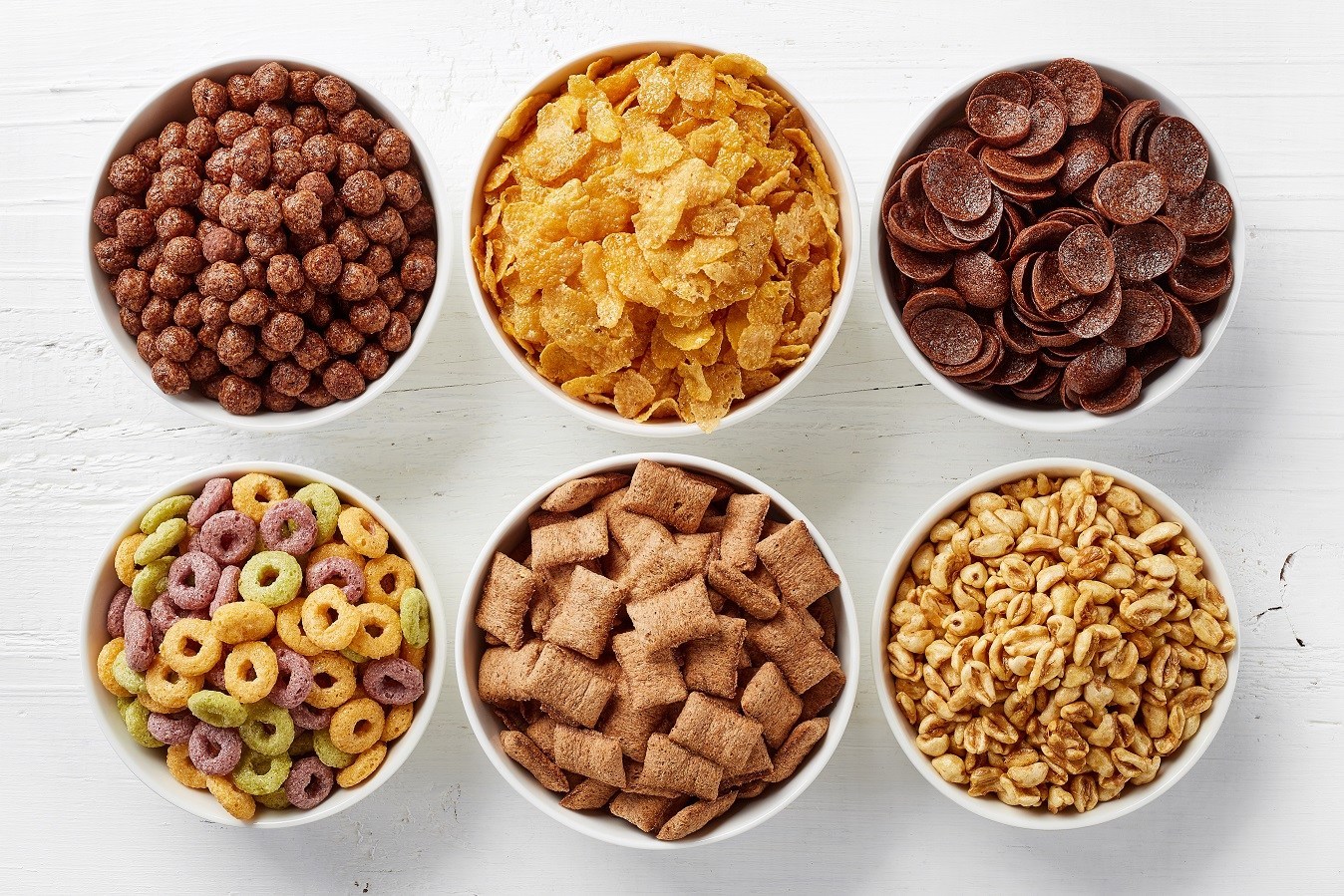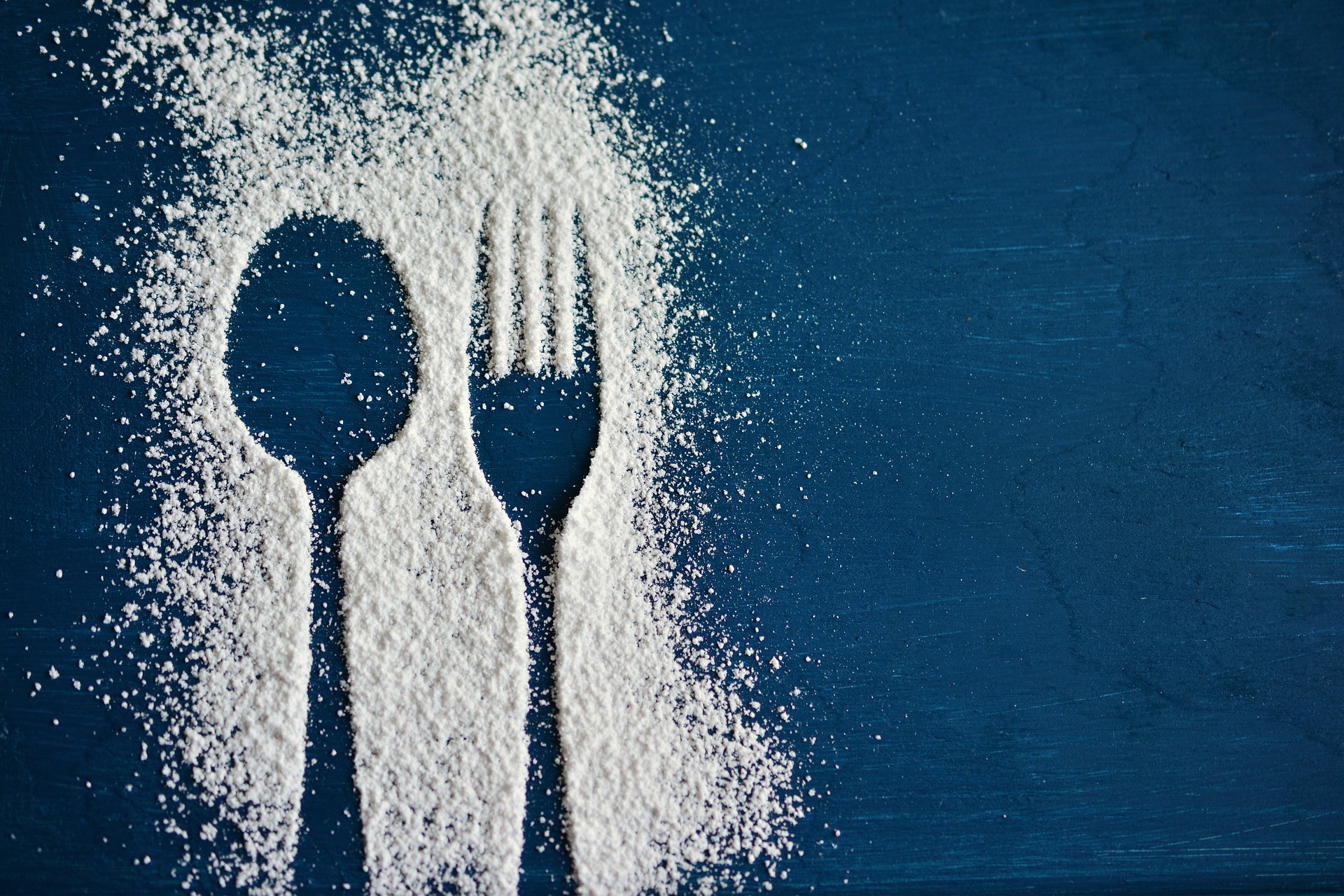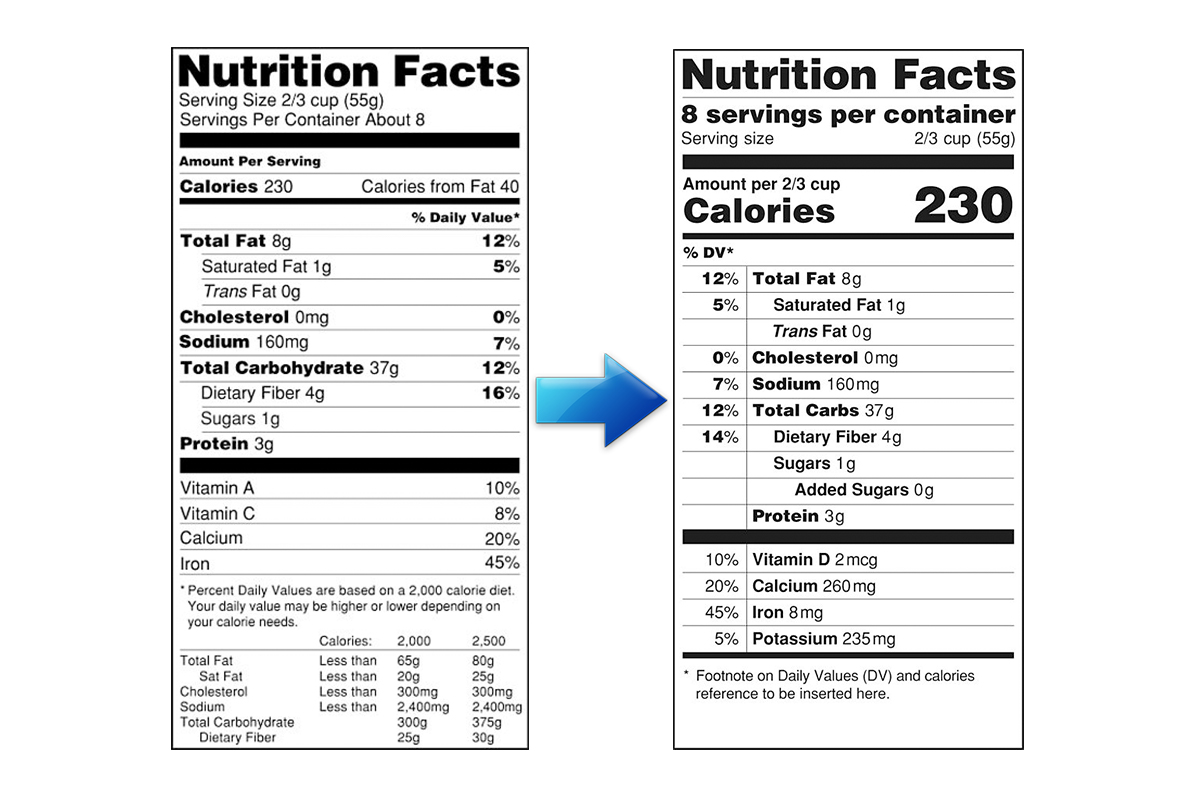Listing added sugars on a food label could potentially save over three million lives from cardiovascular disease and type II diabetes, according to a new study published in Circulation.
The US Food and Drug Administration (FDA) rolled out a mandatory update to the familiar Nutrition Facts label in 2016, which includes listing the weight and percent daily value of sucrose, syrups, honey and other sugars adding during food processing. This update spawned from mounting evidence between a sugar-heavy diet and an increased risk for obesity, type II diabetes and cardiovascular disease.
But up to this point, no scientific studies have looked at the impacts of this new food labeling strategy beyond how consumers would react to the label.
“The purpose of our study was to estimate the impact of the FDA’s added sugars label on reducing sugar intake and preventing diabetes and cardiovascular disease,” said Dr. Renata Micha, RD of the Friedman School of Nutrition Science and Policy at Tufts University in Boston.
Together with University of Liverpool researchers, Dr. Micha and her team ran a 20-year simulation using a representative population of US adults based on data from the National Health and Nutrition Examination Survey.
The authors report that the sugar label would prevent over 354,000 cardiovascular disease cases and about 600,000 cases of type II diabetes over that time period. Adding that extra line of text about added sugars would account for over $31 billion in healthcare savings. The cost-savings were nearly doubled when factoring societal costs like lost productivity and informal care costs.
When the FDA required food manufacturers to add a trans fat (products containing partially hydrogenated oils) label to their products, companies began reducing the amount of trans fats in their goods. Within a five-year period, one study found that 66 percent of food companies reformulated their products to reduce trans fatty acids.
The same could be expected when it comes to the added sugar label.
“Modest industry reformulation would be a powerful way to maximize potential benefits, highlighting industry’s critical role in being part of the solution,” said Dr. Micha.
In fact, the Circulation study found that reformulation in addition to the sugar label prevented nearly twice the number of both cardiovascular disease and type II diabetes cases and saved $57 billion in healthcare costs.
Dr. Micha added that the study’s findings may just be an underestimate, since other diet-related diseases were not factored in.
Healthcare organizations and regulators have long advocated for clear, transparent food labeling to benefit consumers and industry workers alike. But not everyone can agree on what belongs/is considered “clear” on the Nutrition Facts label.
The initial announcement concerning the change to the Nutrition Facts label caused an uproar among food manufacturers. The FDA issued guidance outlining what’s considered added sugars and designed specific symbols for manufacturers of products like cranberries, whose decision to add sugar is to improve the palatability of a naturally tart fruit.
While the FDA sorted out exceptions for food manufacturers, sugar industry representative Sugar Association reported that the added sugars label might confuse consumers.
“The simple fact is that there are no added sugars in sugar. Sugar is extracted from plants; it is a pure, single ingredient product with nothing added to it,” said Dr. Courtney Gaine, CEO and President of the Sugar Association in a news release. “Labeling sugar as added sugars is inaccurate, misleading, and confusing to consumers. There should be no added sugars labeling requirement for individual packages of pure sugar.”
Large companies have until 2020 to reformulate their food products and print new food labels while small companies get an extra year to make the switch.
Some companies are already embracing a diet of reduced sugars to satisfy the appetites of a younger clientele. Israel-based Gat Foods released a fruit-based liquid base to create breakfast cereal, in response to consumer distaste for refined sugars. But in the US, “Fruitlift” would likely to be listed as an added sugar.
Food labeling can play a large role in consumer health, although it doesn’t work with all nutrients. While change can be bittersweet, the results of this study highlight the sweeter side of an added sugar label.












Join or login to leave a comment
JOIN LOGIN